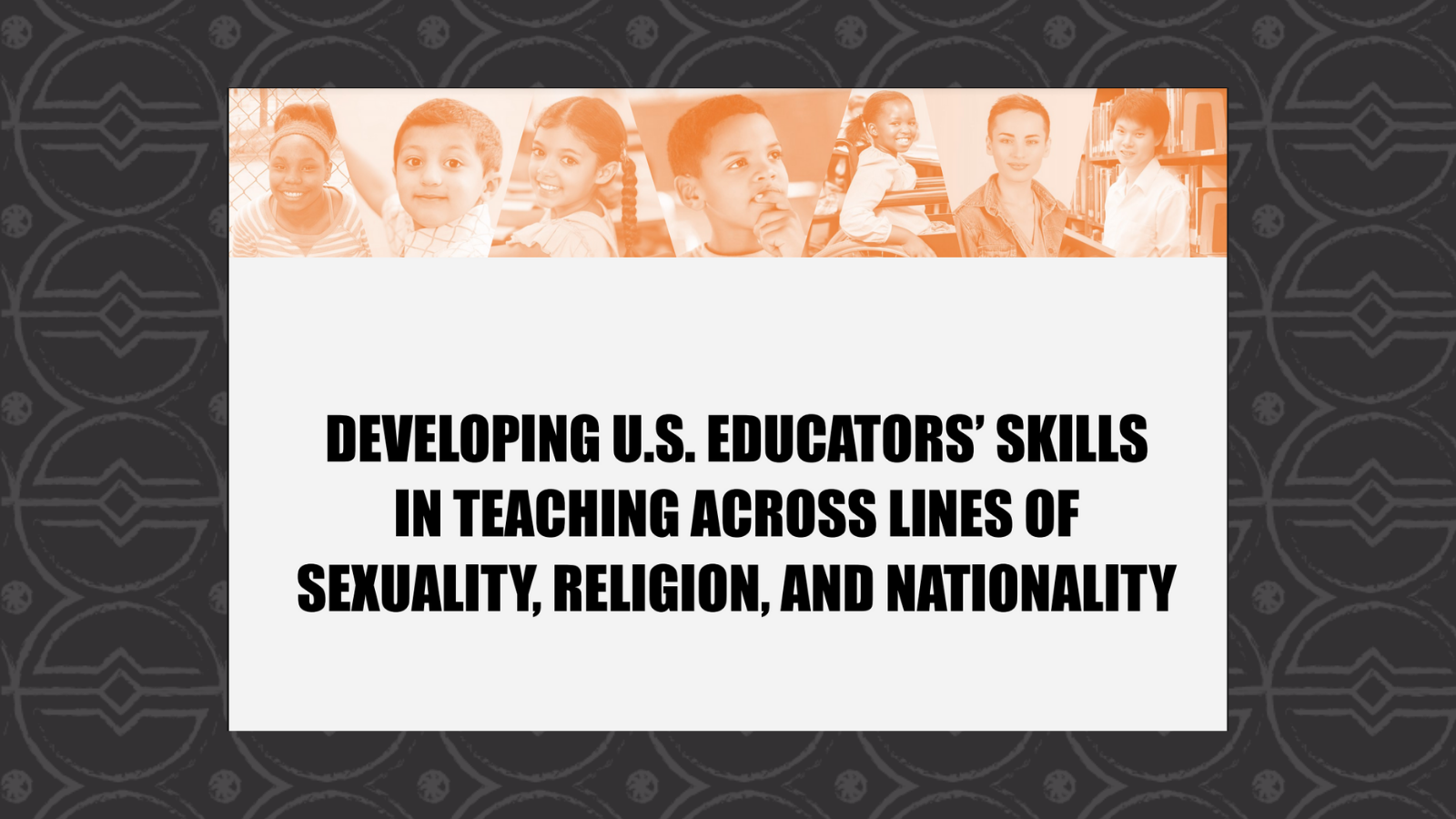9 How to Have Courageous and Difficult Conversations
Done poorly, conversations about race can lead to defensiveness, hurt feelings, and the end of the dialogue. Done well, these conversations create opportunities for empathy, understanding, and progress among your colleagues and students. Here are two valuable resources to guide you in this endeavor.
Please click on the images for further information. (Please note: the resources will open an external webpage).
How to Talk about Bias and Privilege in Schools Guide
Source: Adapted from Courageous Conversations About Race by E4L
This is a summary done by Education for Liberation of this critical text about how to have sustainable, courageous conversations about race in your school. The summary provides an overview of the agreements, conditions, and response compass that are central tools to leading and participating in these conversations.
Developing U.S. Educators’ Skills in Teaching Across Lines of Sexuality, Religion, and Nationality
Source: Midwest and Plains Equity Assistance Center
This tool is a resource for having difficult conversations about race and identity. Divided into two sections—one for educators and one for students—users can reflect on their notions of safety and engagement in difficult conversations and plan how to engage with each other in productive and safe ways.


